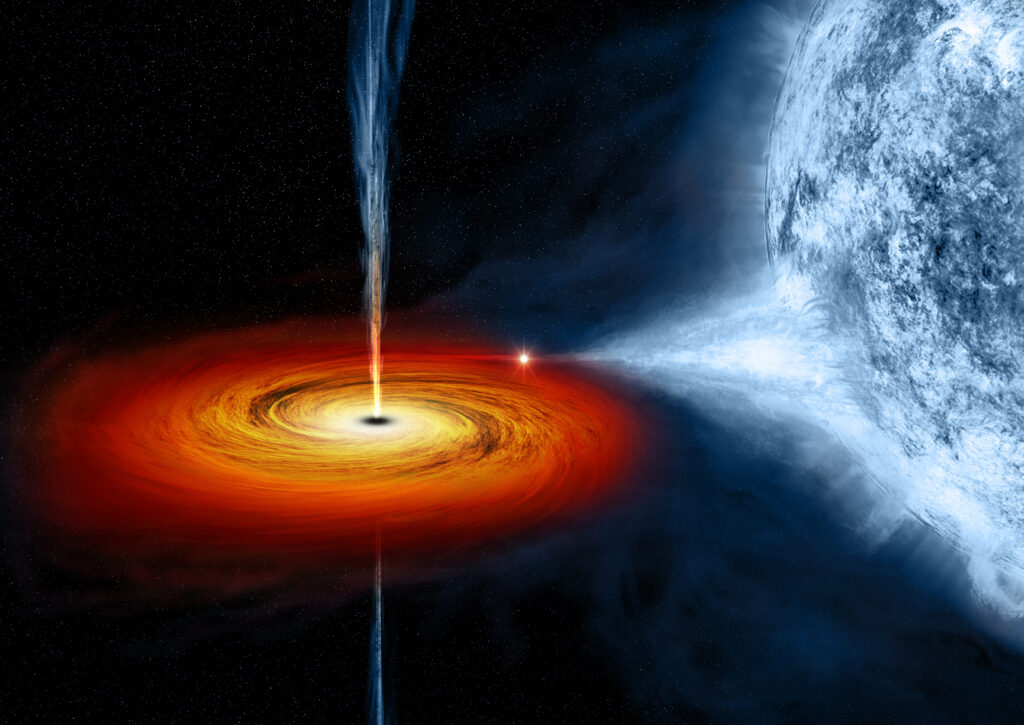You’ve most likely known about dark openings existing in the universe and may even have concentrated on the peculiarities in a secondary school science class. As indicated by NASA, researchers guess that they can go in size from a simple iota to supermassive ones the size of 1,000,000 suns joined.
While incalculable specialists have utilized their minds to portray these baffling articles, you may be amazed to discover that, disregarding the size of some of them, they can’t be seen with either the unaided eye or with the most remarkable telescopes. How might something possibly so enormous stow away so well? To get this, we should find out with regards to what dark openings are and how they are shaped.
Britannica states that a dark opening is an infinite group of gravity that is so solid nothing can escape from it — not beams of light. For a dark opening to shape, an enormous star needs to implode on itself. At the point when stars age, they will fill in mass until the middle can don’t really uphold the body. After falling, the star will detonate into a cosmic explosion, sending the peripheral layers flinging into space. The leftover majority of the star collapses on itself, pounding and packing the star into an article with “zero volume and endless thickness.” This item is the thing that is known as a dark opening.
A dark opening comprises of two sections: the occasion skyline and the peculiarity. The occasion skyline is simply the edge outside of the dark opening itself, which is known as the final turning point. Crossing the occasion skyline implies that you would require a getaway speed more grounded than that of the speed of light to create some distance from the dark opening. As nothing we are aware of has a speed more prominent than light, nothing we know might at any point escape from a dark opening when it gets excessively close.
The occasion skyline frames a span around the dark opening that is known as the Schwarzschild sweep. Named after celebrated German cosmologist Karl Schwarzschild, this range is determined by deciding the mass of the article that fell to make the dark opening. Schwarzschild gathered enormous fell stars that ought to produce radiation would not, as this radiation would have been maneuvered into the dark opening.
The peculiarity is simply the focal point of the dark opening. As light can’t get away, it implies that a dark opening can’t be actually found in the customary sense. So how do we have any idea that they exist?
Researchers will recognize, as opposed to seeing, dark openings. This is done in more than one way. By seeing how stars are responding, researchers can decide whether they are circling a dark opening — expecting high-energy light is being transmitted from the star (through NASA). The uncommonly high measure of gravitational draw on neighboring articles makes detectable conduct, too, giving spectators a decent idea that these items are being impacted by a dark opening.
Cool Cosmos further clarifies that this power of gravity from the dark opening will make gases be sucked nearer to it, making a vaporous circle that will quickly pivot around it. At the point when the circle turns at a specific speed, the gas particles will turn out to be extremely hot and discharge X-beams. These X-beams can be seen here on Earth by the researchers who notice the night sky.

More Stories
Very Large Telescope spots Earth’s new nearest pair of black holes
This man has the world’s first 3D printed eye
Who Invented the Space Suit?